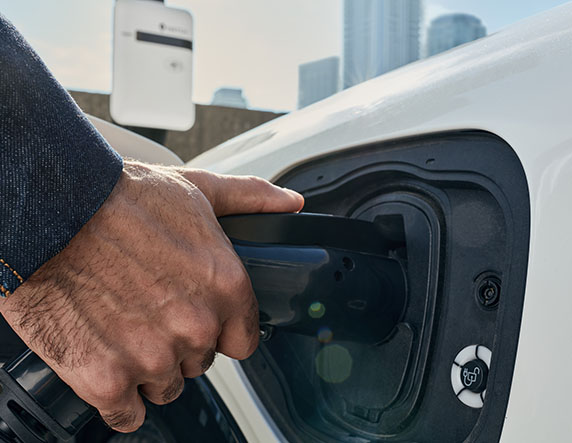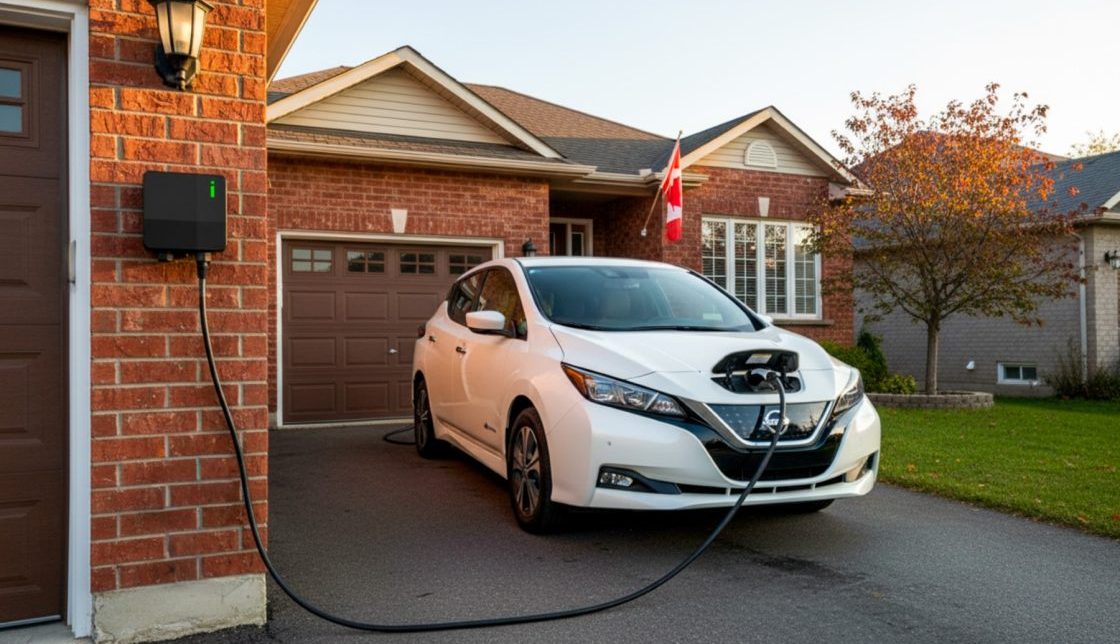Open Charge Point Protocol (OCPP) Explained: What it is, how it works, and why it matters for EV charging
As electric charging infrastructure becomes more common and a more important component of our overall energy system, standardization and interoperability will become critical. They’ll help provide a sense of continuity and familiarity with drivers, and useful guidance to network operators seeking to deliver the best possible charging experience they can.
Among the most important standards is the Open Charge Point Protocol (OCPP), which defines how different EV charging management platforms and their chargers can communicate with each other.
Curious about what exactly OCPP entails and why it matters? Read on.
What is the Open Charge Point Protocol/OCPP?
Originally created in 2009, the Open Charge Point Protocol (OCPP) was developed to standardize communication between EV charging management systems (often also called EV charging software) and EV chargers. Features in more recent versions of the protocol were also developed to enable communication between charging networks, stations, and utilities, facilitating participation in various programs requiring coordination across different entities.
Though proprietary protocols also exist to enable this communication, the aim of the group behind the OCPP, Open Charge Alliance, is that its open standard will help prevent the rise of a monopoly in the EV charging communication space.
It also hopes to provide network operators and site hosts with more choice and flexibility in deploying their charging stations. With OCPP-certified solutions, any compatible charger can be managed with any compatible management solution, allowing more choice in how networks grow and develop.

Read: The SWTCH platform achieves OCPP certification by Open Charge Alliance
How does OCPP work?
OCPP essentially functions as a language and channel for communication between two different groups within the EV charging ecosystem: EV charging management systems, also called EV charging software, and EV charge points, also called EV charging stations.
Here’s how OCPP allows EV charging software and EV charging stations to talk to each other, and what information is passed along when they do.
- The charging station and the management system establish a secure connection between each other for two-way communication.
- Once this connection is established, messages are exchanged between the charger and the management system to communicate current status or requests. Some examples include:
- Whether a charger is available, in use, in need of maintenance, or in some other state.
- When a charging session has been triggered to start or stop.
- The current consumption or dwell-time meter, for billing purposes
- Diagnostic information for charging stations
- Other information related to more complex demands from smart charging programs
Through this conversation, all the invisible work that goes into starting, running, and stopping a charging session is able to take place, as well as a number of other details related to the overall management of a charging station or network of charging stations.
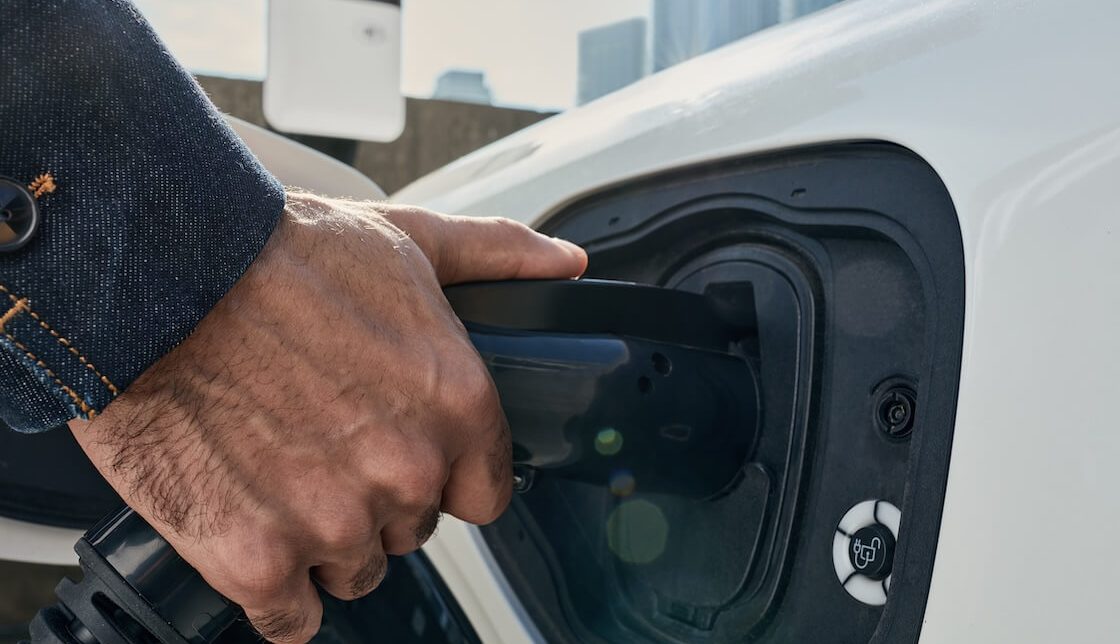
The benefits of OCPP
When it comes to communications protocols, software, and other essential elements for EV charging, there are two principal categories: closed and open platforms.
Open platforms, by their nature, afford more flexibility and more choice, and generally have better interoperability between networks.
According to the Open Charge Alliance, here are the three most significant benefits of OCPP specifically.
OCPP certification makes it easier to change software or hardware providers
Replacing installed hardware comes with some obvious friction, but software should, in theory, be easy enough to replace within an installed system. With closed solutions, however, there is often no easy way to accomplish either. If the owner of an EV charging station doesn’t like the software of a closed system or feels the hardware doesn’t live up to what it needs to do, the only option is usually to rip the chargers out completely and start over.
With hardware and software that are OCPP-certified, this is not the case. Instead, the owner is free to replace the software or hardware whenever they like, with confidence that their new solution will work with whatever components they do keep.
Particularly now, with EV charging a relatively young space, there’s a great deal of benefit in selecting an open system, just in case the software or hardware you start out with aren’t to your liking. Selecting providers that are OCPP-certified will grant you the flexibility you need to adapt and adjust over a period of years.
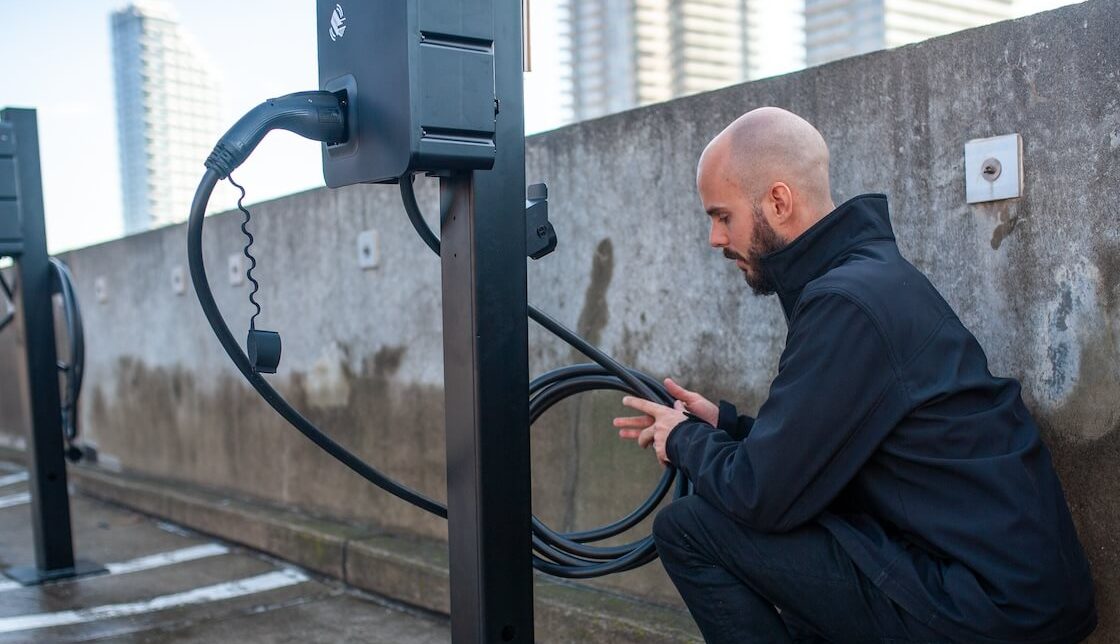
OCPP allows you to use the communications channels between hardware and software to also communicate with grid or utility programs
As EV charging continues to mature and grow, the amount of energy consumed by electric vehicles is set to rise pretty substantially. This will likely present some challenges to the grid, so utilities are looking for opportunities to address this via demand response programs.
With demand response programs, when overall or local demand for electricity passes a specific elevated point, a utility will automatically send out a signal requesting that chargers enrolled in their demand response program reduce the amount of electricity they are pulling and delivering to vehicles.
Executed well, demand response programs are powerful tools for keeping the demand for electricity in check during periods of high overall usage. But they do require communication between chargers and the utility for devices to be able to moderate or stop moderating their consumption as needed.
When fully compliant with OCPP, chargers will be able to participate in demand response programs using the same communication channels present for charger-to-management-software communications. This allows this communication to take place at a reduced cost to the operators of the network.
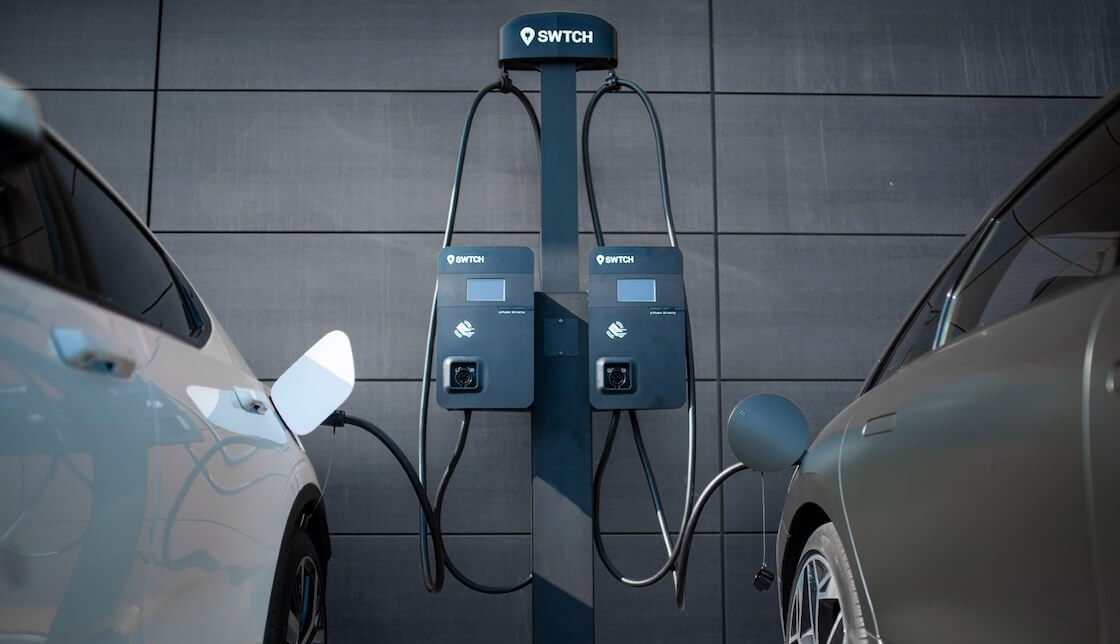
OCPP compliance simplifies the EV ownership experience
Complexity runs the risk of turning drivers off of EVs, or even just frustrating those who have made the decision to drive electric.
OCPP certification means that a charger adheres to certain standards that produce a degree of consistency in the user experience. This will hopefully remove some of the confusion that can arise when drivers attempt to charge up their vehicles using chargers from multiple different providers.
Some of the elements of the user experience that are made consistent by OCPP certification include:
- How drivers start a charging session
- How drivers pay for charging
- Access to chargers from a variety of networks within a single app or payment profile
- Standardized billing across different charger networks
Though these may seem like small contributions to the experience of driving an EV, every little bit of friction eliminated can help. If your chargers are OCPP-certified, you’ll have an easier time getting EV drivers to use them comfortably.
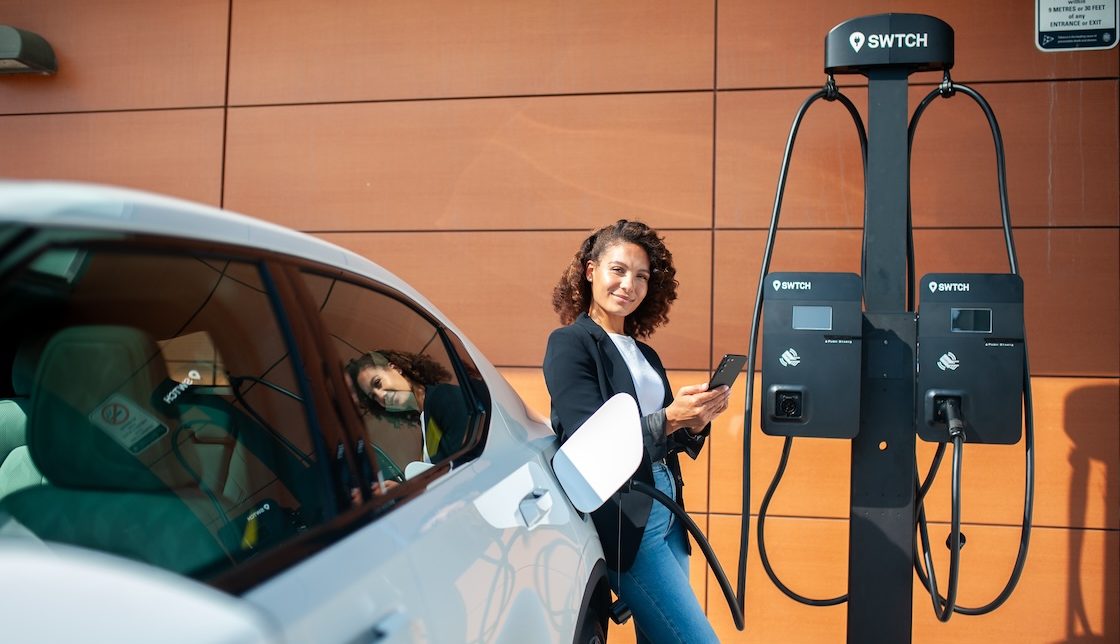
Understanding the current version of OCPP: OCPP 2.0.1
The Open Charge Point Protocol has existed since 2009 and has undergone a number of revisions over that time. The current version, OCPP 2.0.1, was published in 2020, and holds a number of improvements over the current mainstay, OCPP 1.6, which was published in 2015.
You can read about all the improvements made by version 2.0.1 in the Open Charge Alliance, but here are some highlights we think are especially important.
An improved ability to handle charger disconnections
Changes were made to improve charging stations’ ability to handle transactions effectively when they are disconnected from their charging management platform.
With previous versions of OCPP, the default process was for transactions to trigger remotely via the management software. When a charger was unexpectedly disconnected and needed to start a charging session, a transaction would then trigger locally with the charger and get pushed to the charging management system once the connection was re-established. The system would then have to reconcile any transactions that had been triggered locally with its existing records.
It didn’t change much for drivers, but it was a fairly cumbersome and complex process behind the scenes.
Now, all transactions originate with the charger and are later pushed to the charging management system. This more consistent approach means there’s less difference in the back end between sessions initialized or paid for when chargers are connected vs. disconnected.
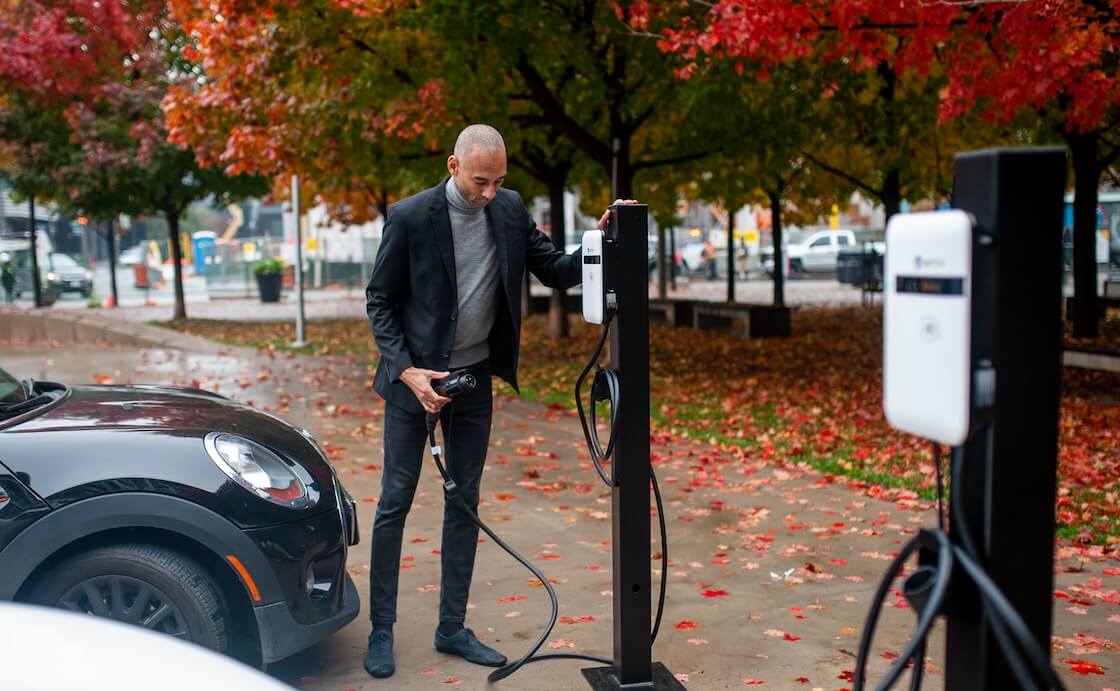
Customer experience enhancements
A number of customer experience enhancements were included in 2.0.1. Here are some of the most notable:
- Support for language codes to allow for personalized messages for drivers with different preferred languages
- Support for sharing running costs of a charging session throughout the duration, plus a final cost at the end
- Support for additional messages to be delivered on a charger’s display
Support for ISO 15118 (“Plug & Charge” and advanced smart charging)
As EV charging continues to develop, new features are being developed to remove friction from the charging experience and to allow chargers and electric vehicles to do some new, interesting things.
The ISO 15118 protocol is an example of one of these new areas of development, and is fully supported by OCPP 2.0.1.
It mainly allows the following:
- Plug & charge charging, where a driver merely needs to plug in a vehicle and have a transaction automatically begin, paid for by a payment profile linked to the vehicle.
- Bi-directional charging and discharging of vehicles, for participation in vehicle-to-grid energy programs.
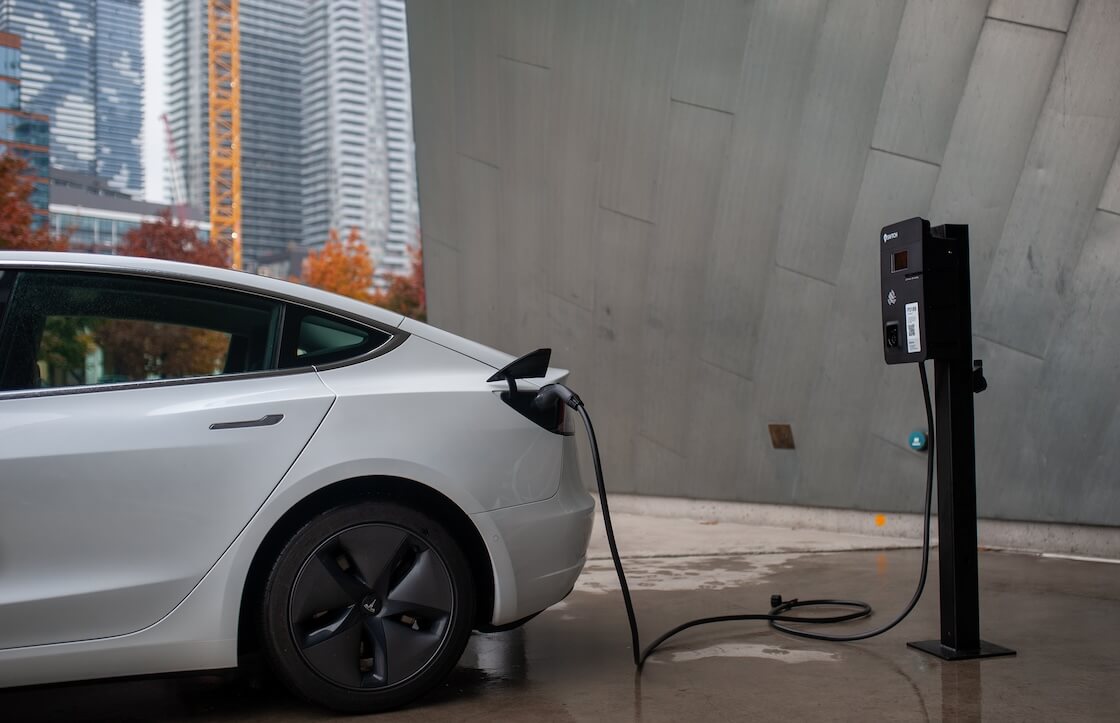
Improved security against cyber attacks
A number of security improvements were developed for inclusion in OCPP 2.0.1, designed to make the protocol more resilient in the face of cyber attacks. These improvements were actually ported back to OCPP 1.6 as well, so they are technically not unique to the latest version of OCPP. Still, we thought they were worthy of mention.
Some of the most notable improvements include:
- Defined security profiles for authenticating charging stations and management software
- Secure firmware updates with signed firmware
- A security event log
A caution about OCPP “compliance/compatibility” claims
Increasingly, OCPP compliance is becoming a requirement for government funding programs and rebates designed to drive down the cost of installing new EV chargers.
As a result, there are a number of closed systems that are making claims of OCPP compliance, and these claims may be misleading. Often, the “compliance” in question merely allows a charger from a closed-system provider to communicate in a limited fashion with a fully OCPP-certified charging management system. This could mean some commands are understood and not others or that some features that are made possible by OCPP are not available. This level of support may be better than no support at all, but the chargers involved likely won’t be as fully featured as those with full OCPP support.
For this reason, when speaking to solutions providers, be sure to ask for clear explanations of the completeness of the hardware and software support for the OCPP protocol, and note down any areas in which the solution being offered does not fully support it.
The best proof will come in the form of the Open Charge Alliance’s certification of adherence to the OCPP standard. Vendors should be able to provide this information, which will show you exactly how well the hardware or software supports OCPP.
A simpler way is to ask what level of flexibility you have to change software or hardware after installing your chargers. If you are told that it will not be possible, odds are the solution provider you are speaking to does not support OCPP completely.
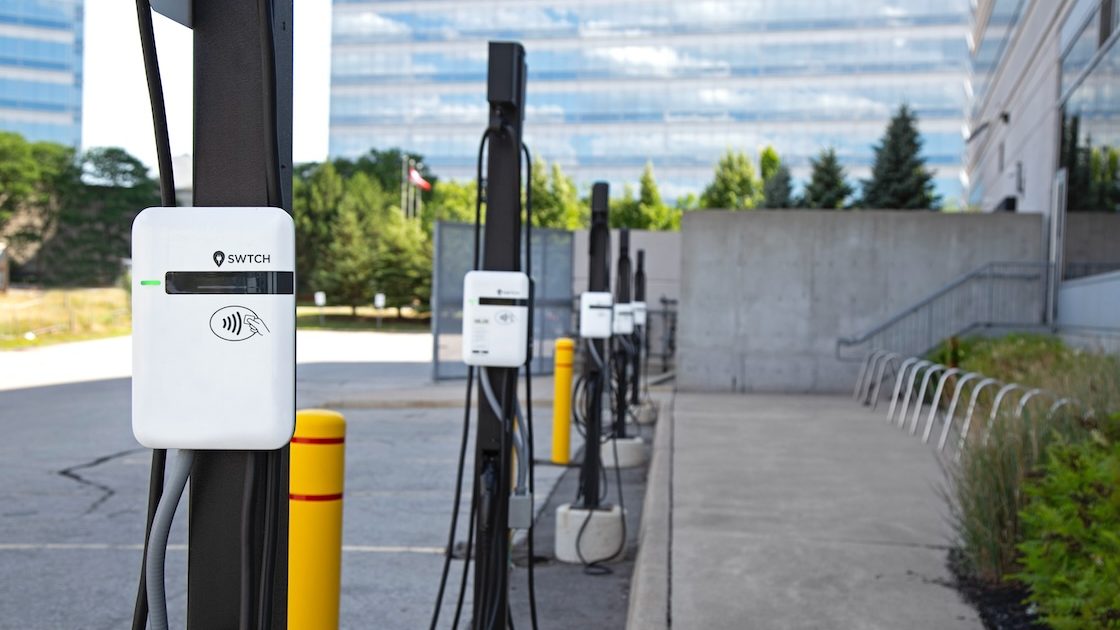
A look ahead to OCPP 2.1
If there’s a theme for the next version of OCPP, version 2.1, it’s one of refining the smart charging experience by building on top of the foundational elements present in version 2.0.1.
More comprehensive provisions for enabling bidirectional energy flow, tighter implementation of smart charging features like Plug & Charge, and overall security enhancements to ensure networks built upon OCPP remain safe and secure are all likely to make it through the drafting phase and included in the eventual full release.
Notably, proper backward compatibility is also expected for OCPP 2.1. Backwards compatibility was limited between versions 2.0.1 and 1.6, occasionally causing some issues for networks with hardware that adhered to the older standard. With the new update, there should be few, if any, issues related to compatibility between devices and central management systems that are a mix of OCPP 2.0.1 and 2.1.

As the EV charging industry continues to develop and expand, adherence to standards like OCPP will be hugely important. To maximize the odds of securing government support for your chargers and to ensure long-term flexibility in developing your network, be sure to select both hardware and software that are certified by the standard.
Want to learn more about how OCPP can benefit your EV charging network?
Contact us to discover the possibilities

